
(Source: Travis Leery on Unsplash via The Bulletin: Historic’ or ‘weak’? Parsing the climate agreement from COP28)
COP28 is over (officially December 12th, in practice, December 13th). Most modes of communication are focused on one sentence in the concluding document that will be discussed shortly. A celebratory summary of the unanimous concluding document can be found in the proud speech by the meeting’s president, Dr. Sultan Al Jaber:
Over the last two weeks, we have worked very hard to secure a better future for our people and our planet. We should be proud of our historic achievement. And the United Arab Emirates…my country… is rightly proud of its role in helping you to move this forward.
Ladies and gentlemen, the world needed to find a new way. By following our North Star, we have found that path. We have delivered a comprehensive response to the Global
Stocktake and all the other mandates. Together, we have confronted realities and we have set the world in the right direction. We have given it a robust action plan to keep 1.5
within reach. It is a plan that is led by the science. It is a balanced plan, that tackles emissions, bridges the gap on adaptation, reimagines global finance, and delivers on loss
and damage. It is built on common ground. It is strengthened by inclusivity. And it is reinforced by collaboration.It is an enhanced, balanced, but… make no mistake… historic package to accelerate climate action. It is…the UAE Consensus Many said this could not be done. But when I spoke to you at the very start of COP, I promised a different sort of COP. A COP that brought everyone together, private and public sectors, civil society and faith leaders, youth and indigenous peoples. Everyone came together from day one. Everyone united, acted and delivered. We operationalized loss and damage… and started to fill the fund. We mobilized more than 85-billion-dollars in new financial commitments. We launched ALTÉRRA, the world’s largest catalytic private investor that is 100 percent focused on solutions to climate change. And we delivered world first after world first.
A global goal to triple renewables and double energy efficiency. Declarations on agriculture, food and health. Many more oil and gas companies stepping up for the first time on methane and emissions. And… we have language on fossil fuels in our final agreement. All of these are world firsts. And all of these are crucial actions that will help shape a better, cleaner world with greater, more equitable prosperity. And then we became the first COP to host a change-makers Majlis.
And I felt that that was the turning point in our negotiations. You reconnected with your spirit of collaboration, you got out of your comfort zones and started speaking to each other from the heart. That… made the difference.
The focus of most of the media was on the last two paragraphs, which emphasize the inclusion of language that many interpret as the “start of the end” of reliance on fossil fuels. This is especially notable because it was expressed at a global conference in a petrostate, presided over by the head of its national oil company (see last week’s blog). The occasion probably reminded many of the Nixon administration opening the door to China and Menachem Begin, the Israeli Prime Minister, opening the door (with President Anwar El-Sadat of Egypt) for a peace agreement between Israel and Egypt.
Below are a few examples of some of the press responses:
Bloomberg: COP28 Nations Reach First-Ever Deal to Move Away From Fossil Fuels
NYT: In a First, Nations at Climate Summit Agree to Move Away From Fossil Fuels
Washington Post: The world just made it clear the fossil fuel era is ending — with some wiggle room
MSN: COP28: World Agrees to Historic Climate Deal
Not everyone was happy:
MSN: COP28 climate deal ‘stab in the back’, activist Greta Thunberg says
It’s time to have a look at the agreement.
I am starting to work on this blog on Thursday (December 14th). As I write this, the agreement posted on the COP28 site is still marked as “draft” and fills 21 PDF pages. There has not yet been unanimous agreement on every word in the 21-page document; people are still working on some of the wording. However, if the president of the meeting can regard this draft as a final document, so can we.
The general structure of the agreement is summarized with the following section heads:
- Outcome of the first global stocktake
- Context and cross-cutting considerations
- Collective progress towards achieving the purpose and longterm goals of the Paris Agreement, including under Article 2, paragraph 1(a–c), in the light of equity and the best available science, and informing Parties in updating and enhancing, in a nationally determined manner, action and support
- Mitigation
- Adaptation
- Means of implementation and support
- Finance
- Technology development and transfer
- Capacity-building
- Loss and damage
- Response measures
- International cooperation
- Guidance and way forward
The keywords, shown in italics, describe actionable verbs or nouns, including the following: recalling; Underlining; Acknowledging; Recognizing; Noting; Welcomes; Underlines; Reaffirms; Underscores; Emphasizes; Notes with alarm and serious concern; Notes with concern; Express appreciation; Commends; Further recognizes; Also recognizes; Calls on; Requests; Urges; Highlights; Decides.
Below, I am quoting in full the lines and short paragraphs that are preceded by the keyword “decides”:
92. Decides to continue and strengthen the Sharm el-Sheikh dialogue between Parties, relevant organizations and stakeholders to exchange views on and enhance understanding of the scope of Article 2, paragraph 1(c), of the Paris Agreement and its complementarity with Article 9 of the Paris Agreement referred to in decision 1/CMA.4 until 2025 and takes note of decision -/CMA.5
97. Decides to establish the xx dialogue on implementing the global stocktake outcomes;
98. Also decides that the dialogue referred to in paragraph 97 above will be operationalized starting from the sixth session of the Conference of the Parties serving as the meeting of the Parties to the Paris Agreement and conclude at its tenth session (2028) and requests the Subsidiary Body for Implementation to develop the modalities for the work programme at its sixtieth session (June 2024) for consideration by the Conference of the Parties serving as the meeting of the Parties to the Paris Agreement at its sixth session;
99. Decides to convene a xx high-level ministerial dialogue at its sixth session on the urgent need to scale up adaptation finance, taking into account the adaptation-related outcomes of the global stocktake, and to ensure the mobilization by developed country Parties of the adaptation support pledged;
110. Decides to establish a technology implementation programme, supported by, inter alia, the operating entities of the Financial Mechanism, to strengthen support for the implementation of technology priorities identified by developing countries, and to address the challenges identified in the first periodic assessment of the Technology Mechanism, 22 and invites the Subsidiary Body for Implementation at its sixty-first session (November 2024) to take into account the technology implementation programme in its consideration of the Poznan strategic programme on technology transfer, with a view to recommending a draft decision on the matter for consideration and adoption by the Conference of the Parties serving as the meeting of the Parties to the Paris Agreement at its sixth session;
194. Decides pursuant to paragraph 8 of decision 19/CMA.1 that the information collection and preparation component of the second global stocktake shall start at the eighth session of the Conference of the Parties serving as the meeting of the Parties to the Paris Agreement (November 2026) and its consideration of outputs component will conclude at the tenth session of the Conference of the Parties serving as the meeting of the Parties to the Paris Agreement
The only sentence in the 21-page document that includes “fossil fuels” shows up in the part about Mitigation and is quoted below:
(d) Transitioning away from fossil fuels in energy systems, in a just, orderly and equitable manner, accelerating action in this critical decade, so as to achieve net zero by 2050 in keeping with the science

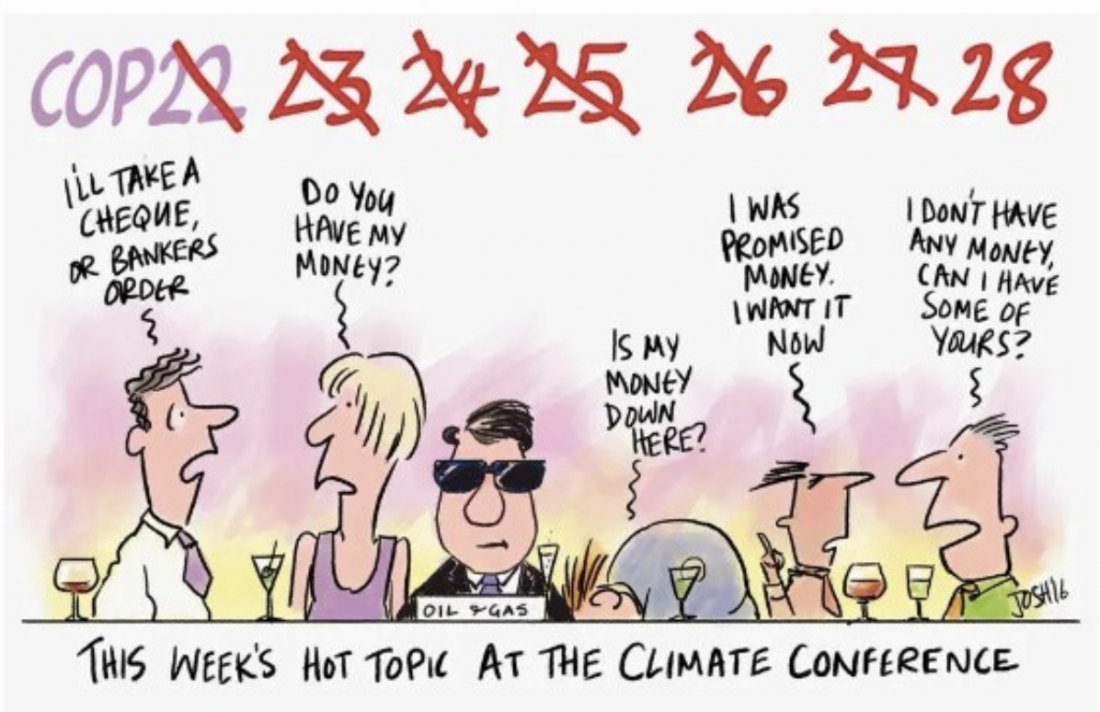 (Source:
(Source: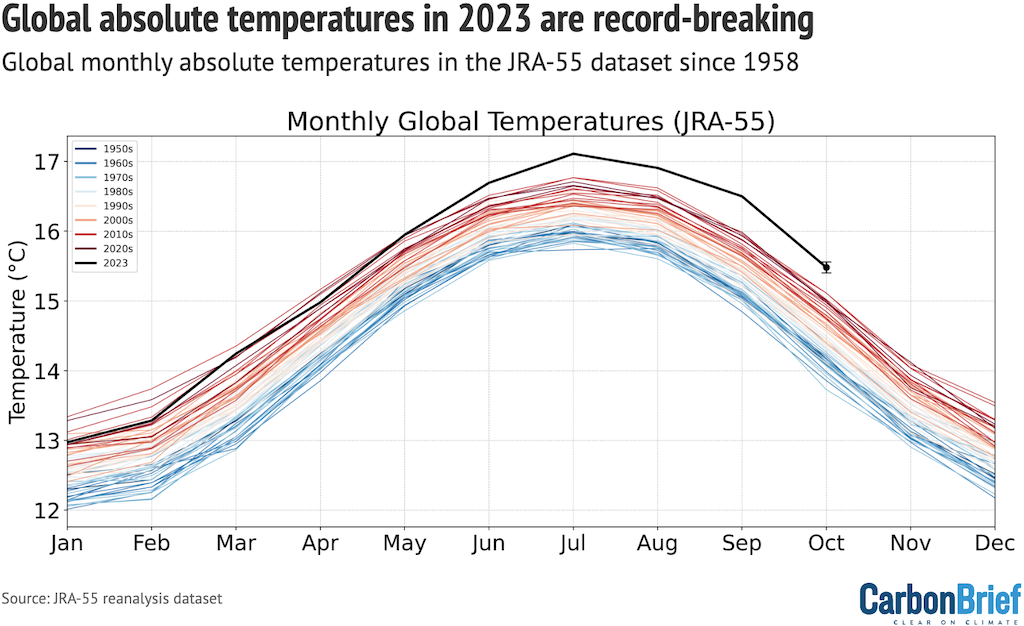
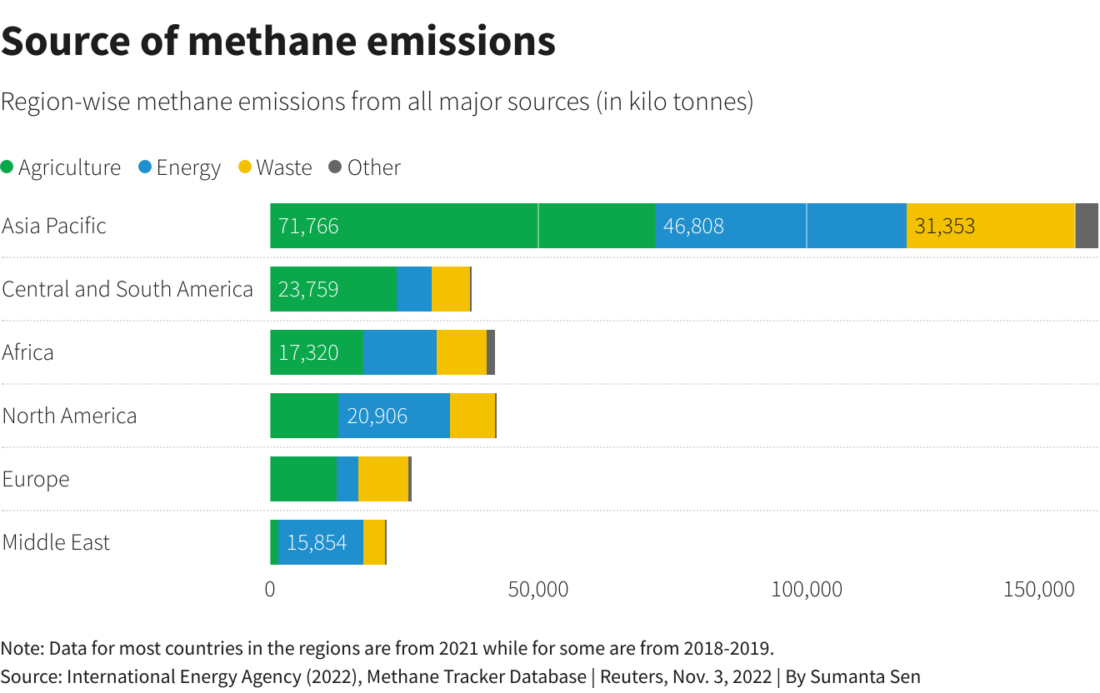
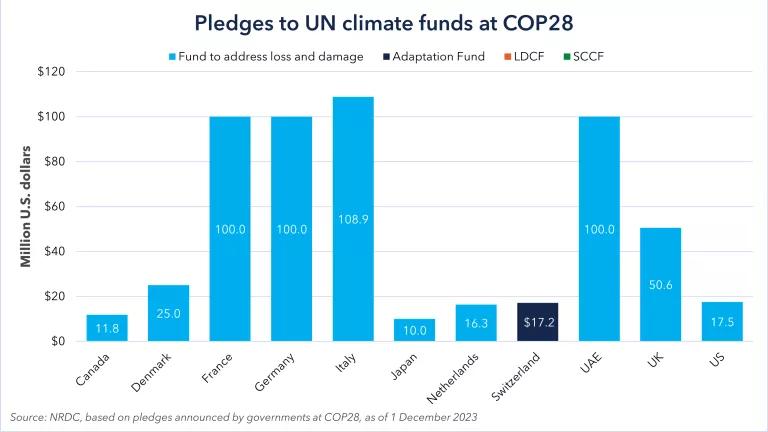 Figure 4 – Pledges to UN climate funds at COP28 (Source:
Figure 4 – Pledges to UN climate funds at COP28 (Source: 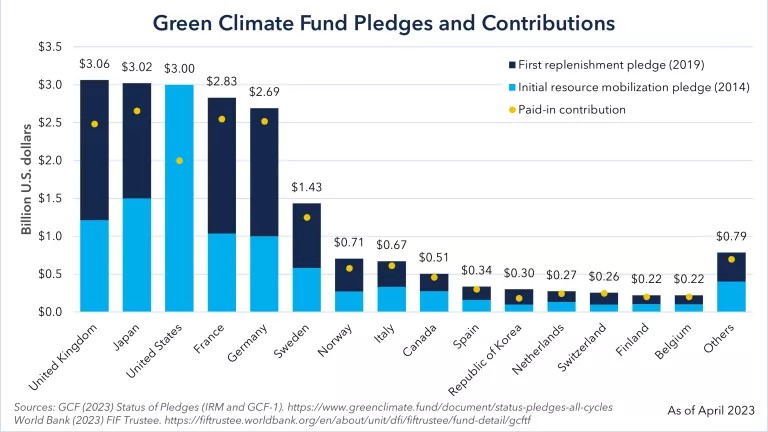

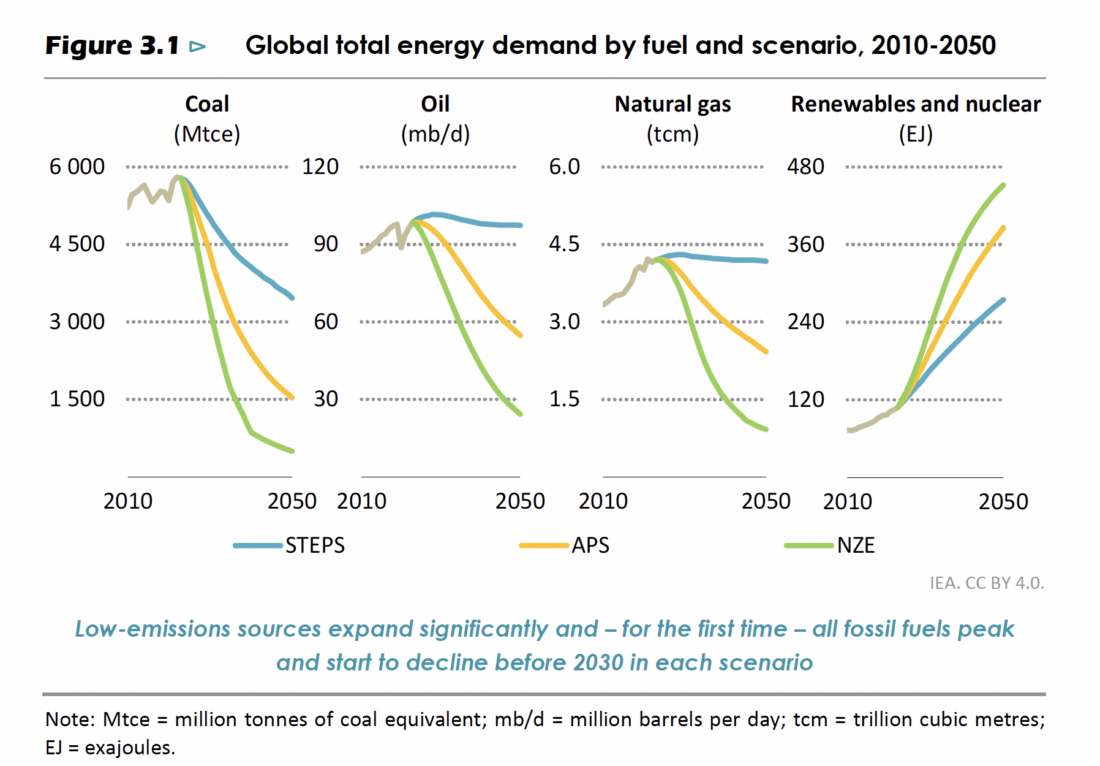

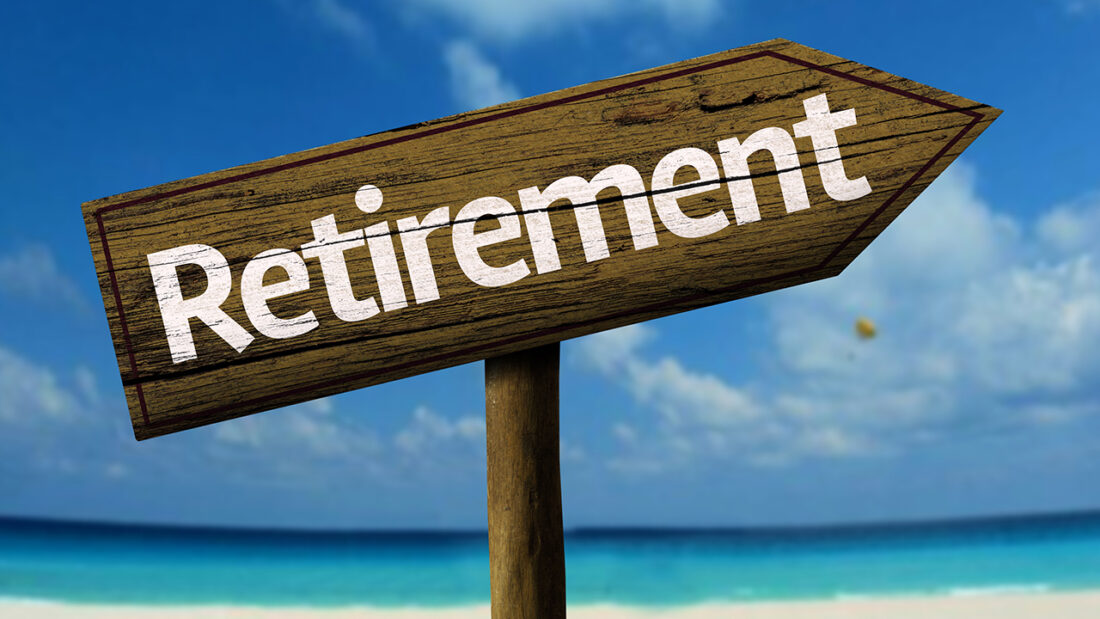

 Figure 1 – The 10 countries most threatened by climate change in the 21st century (Source: IRC
Figure 1 – The 10 countries most threatened by climate change in the 21st century (Source: IRC 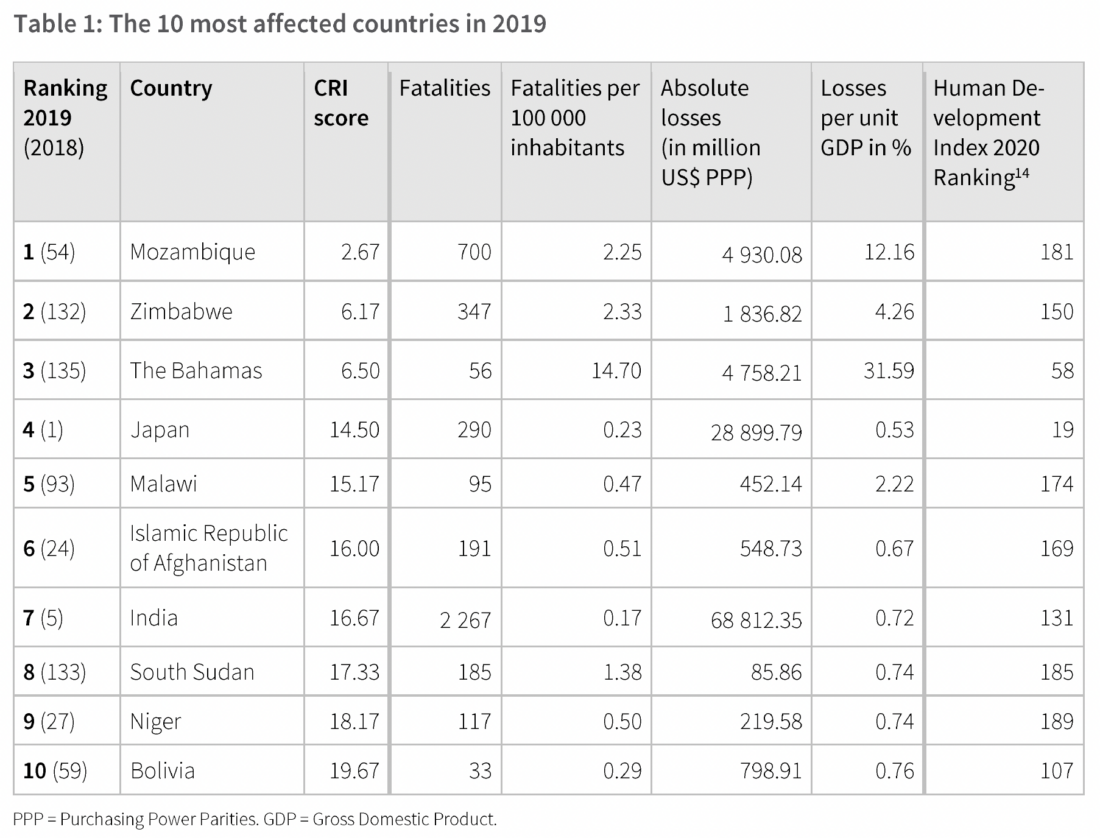 This ranking is independent of the ability to mitigate the damage, but with one exception (Japan) also includes only developing countries. This ranking is based on the Global Climate Risk Index (CRI), summarized below from the
This ranking is independent of the ability to mitigate the damage, but with one exception (Japan) also includes only developing countries. This ranking is based on the Global Climate Risk Index (CRI), summarized below from the 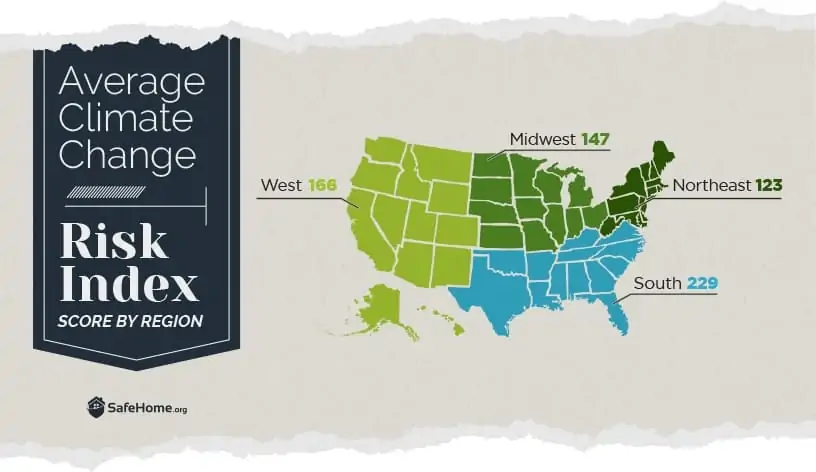
 Figure 1 – A subway ad for for CUNY highlighting different clubs
Figure 1 – A subway ad for for CUNY highlighting different clubs Figure 2 – Another subway ad specifies the number of programs that CUNY runs
Figure 2 – Another subway ad specifies the number of programs that CUNY runs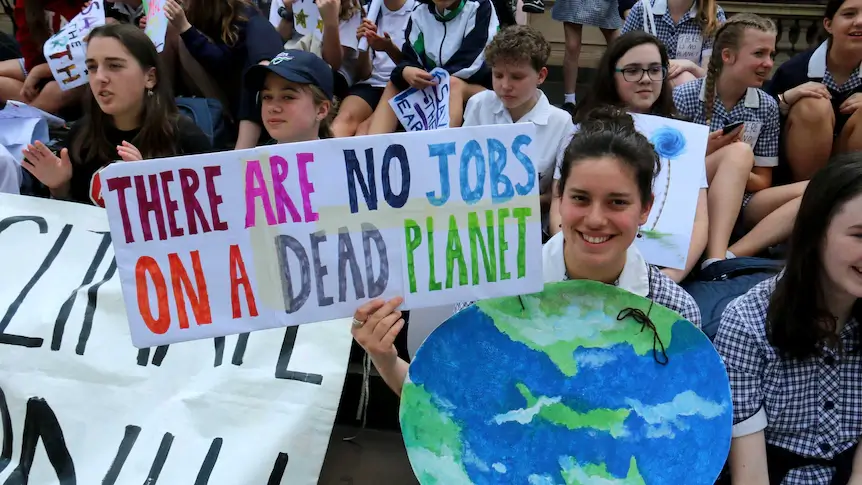 (Source: ABC News: Andie Noonan via
(Source: ABC News: Andie Noonan via 